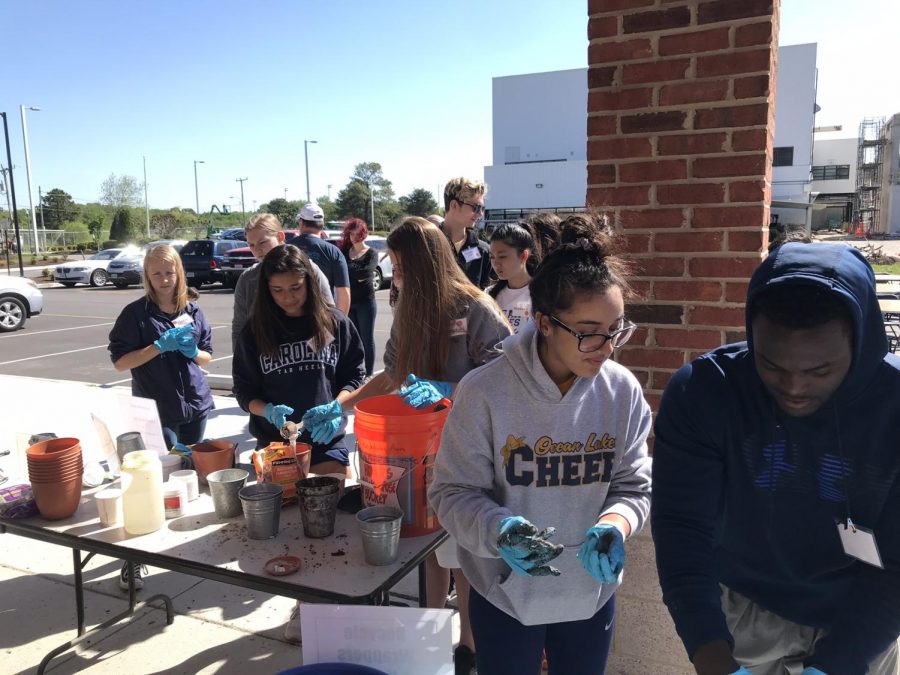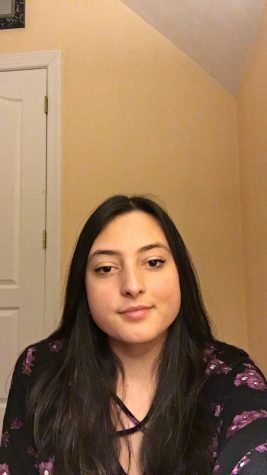Waste plant field trip encourages action
Students take a trip to the HRSD plant to build awareness. Activities included a tour of the plant, creation of seed bombs, water quality tests, and HRSD Swift Aquifer Recharge Demonstrations.
May 15, 2019
AP Environmental students took a trip to the HRSD Atlantic Plant on Saturday, April 27 at 8 a.m. A student gathering at the waste plant encompassed a multitude of activities, all meant to increase awareness and encourage solutions for pollution.
Activities included a tour of the plant, creation of seed bombs, water quality tests, and HRSD Swift Aquifer Recharge Demonstrations. On the tour, students gathered information about the process that occurs when waste is dispensed, and uncovered what actually happens with waste nobody thinks about.
“I felt really informed. Now I know what really happens when you flush it down the drain” said senior Tristan Hicks.
The creation of seed bombs meant mixing soil, clay, and wildflower seeds together and rolling them up into a ball, then throwing them into fields to attract hummingbirds.
Water quality testing was a hands-on activity, demonstrated using chemicals and water, which establishes an idea of what scientists at the plant do on a daily basis.
The HRSD Swift Aquifer Demonstration shown informed students about a new Swift program starting and its cooperation with the HRSD plant. Each activity lasted about an hour long, along with a 30-minute lunch break where Domino’s pizza was brought in. Concluding with a safety demonstration, the field trip ended at 1:30 p.m., leaving the students with a new perspective on how people affect the environment.
“I believe that actively participating in events, cleanups, and other environmental problems are the best way to build awareness and motivate change and action,” said AP Environmental Science and Biology teacher Elizabeth Schur-Badach.


